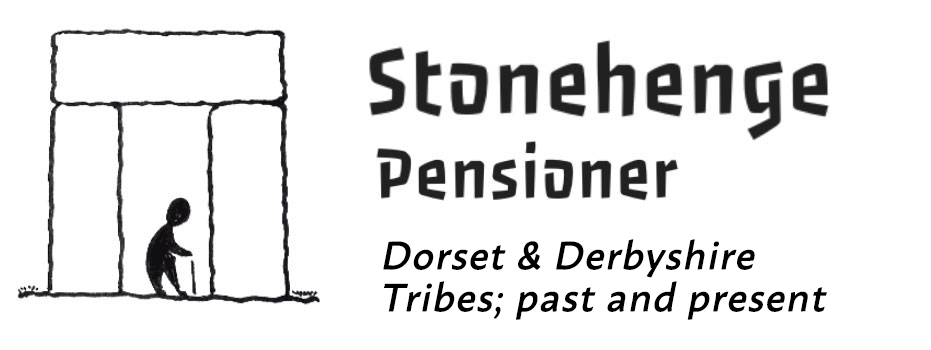Stonehenge And The First Civilisation In Britain
Having lived all over the UK, you may well have found me in some remote and ancient spots. For instance, the hillfort on Caradoc, a steep hill in Shropshire. Or maybe the cockpit above Eamont Bridge in Cumbria, a stone circle made of small boulders. Because I was always fascinated by these aspects of our past. Once, I even sought through the debris at the Stone Age axe factory in Langdale but found nothing of interest. What I noted at all these sites was scale. Firstly, could it tell me how many people were involved? Secondly, where did they live, why here and what did they eat? Stonehenge and the first civilisation in Britain was a long way from my thoughts.
Stonehenge
Consequently, as a contemplative pensioner returning south to live on the River Avon, I quickly realised that Stonehenge was different. Those prehistoric monuments up north could have been, and probably were, built by small family groups. Stonehenge is different because it radiates massive human labour and skills. It is a sophistication not normally given to pagan cultures. Yet, it also reminded me about how ignorant I had been on previous visits as a younger person. How I just saw some isolated stones and pondered on how they were dragged to the site. Consequently, not once did I appreciate the scale of their achievement.
Avonlands
I call this Stonehenge tribal area Avonlands in my book. The word took some time to invent. I checked it on Google just to be sure I was not guilty of plagiarism. This was after I came to realise that the key to Stonehenge was the River Avon, shown in my photograph. For certain, the river was the earliest highway and ideal for logboats. Its water meadows offered the tillable silt soil and its marshes the reed for thatching. On the slopes, wood from coppicing and pollarding. Beyond, the wildwood for timber and deer. At the sea end, the marshes for winter wildfowl and a sheltered harbour. If a perfect tribal land could be designed then this was it.
Stonehenge and the first civilisation in Britain
For certain, the invention of pottery helped. It enabled them to create sterile soups and food for infants. That freed up women to breast feed for shorter periods and thereby have more children. Consequently, this Neolithic population grew. There were enough people to build their cathedral from stone and become the first civilisation in Britain.




